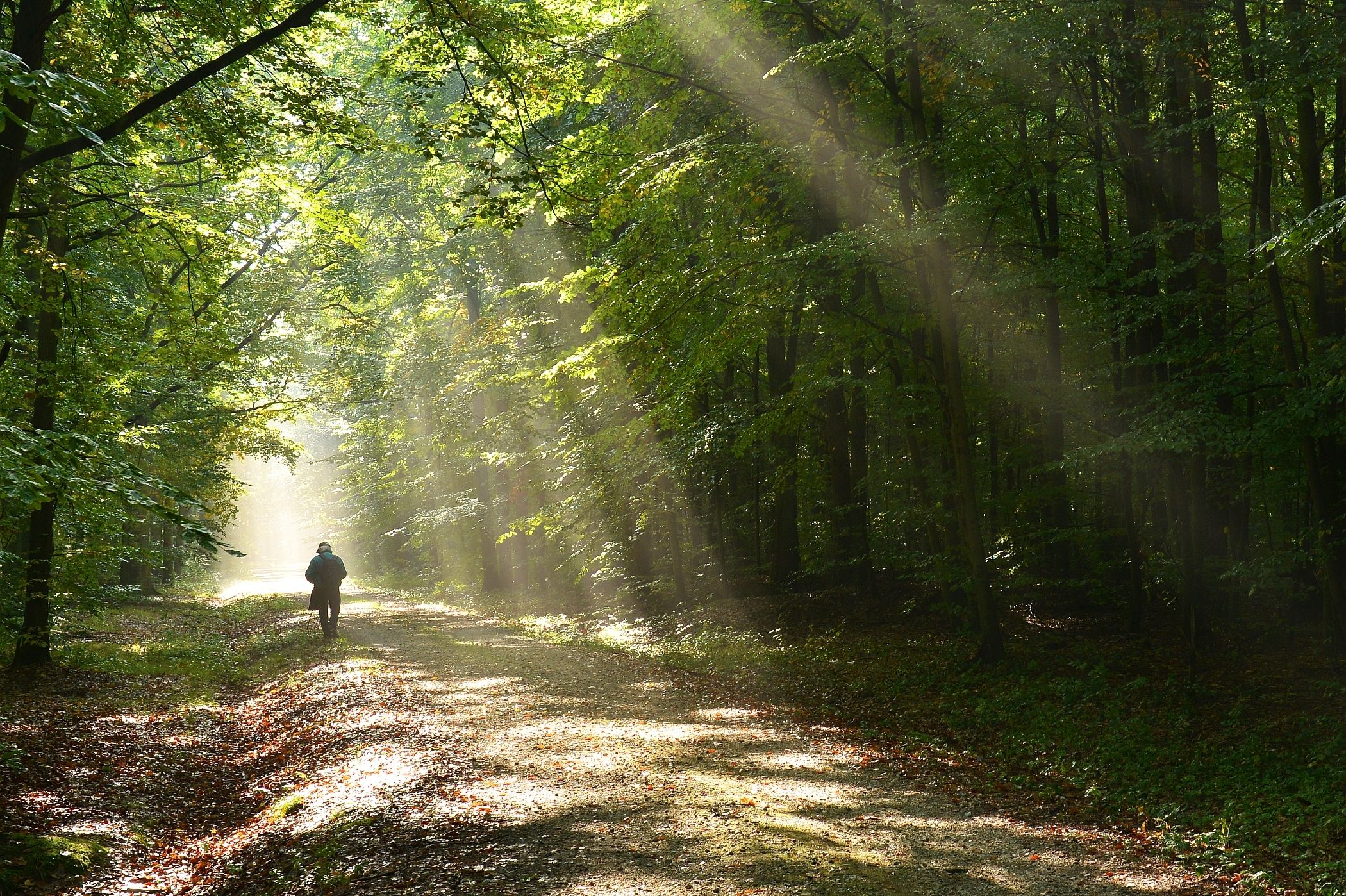
(Vienna, 04 May 2020) Its boundless biodiversity makes the forest a veritable "all-rounder". It has a cooling effect and many health-promoting qualities. Primaeval forests, in particular, are known as Nature's "medicine chest". In addition, the species-rich habitat of a forest is home to a large number of natural host animals, which intercept pathogens before they can be passed on to humans. This biodiversity also helps to prevent people from developing allergies and asthma. Daniela Haluza from the Department of Environmental Health represents the MedUni Vienna in numerous research projects looking into the health-promoting aspects of the forest – currently as deputy coordinator of the European project "Dr. Forest: Diversity of FORESTs affecting human health and well-being.".
"Nature is generally regarded as a reliable source of medicines for combating and relieving diseases. A famous example is the active ingredient for Aspirin C, which comes from the white willow. And Nature’s potential is not fully exploited yet," emphasises Haluza. Climate change, environmental pollution and intensified agriculture and deforestation are threatening this cornucopia. "Many medicinal plants, fungi and microbes are still waiting to be discovered in the last remaining primaeval forests on Earth."
The forest, with its biodiversity, also has a diluting effect that acts as a shield to protect against various pathogens: "The risk of contracting tick-borne borreliosis is higher in species-poor areas than it is in indigenous mixed forests. They are inhabited by mice, for example, and they are ideal hosts for pathogens," explains the MedUni Vienna forest researcher.
More and more people are living in conurbations – more and more people are suffering from allergies and asthma. Health expert Haluza points out the correlation here as well: "Adolescents who grow up in the country are exposed to a larger number of microorganisms, and are thus less likely to suffer from allergies and asthma than their urban counterparts."
For all of the above reasons, the "Austrian Biodiversity Strategy 2020+" aims to bring the biodiversity of the forests closer to urban areas and to create semi-natural mixed forests. "In the interests of future generations, we want to make the forests climate-proof, that is to say resilient and adaptable, so that they are fit for the upcoming climate change. This requires awareness and cooperation from the public."
Relaxing glades
In a recently published study, the forest research working group from the Department of Environmental Health also analysed which areas of forests are particularly restorative. The result of the research paper, which was funded by the Federal Ministry for Sustainability and Tourism and included nearly 100 participants, who walked through the Hallerwald Forest in Upper Austria for two and a half hours, is as follows: an open clearing with ferns and a creek were perceived as more restorative than a place with densely growing spruce trees, where it was quite dark. According to Haluza: "Previous studies have already shown that humans like the combination of green and blue, which means water."
In the "Dr. Forest" project, which involves scientists from the fields of ecology, medicine, biology and forestry, the health-promoting effects of different forest cultures will now be studied in detail over a period of three years. The EU-funded project will also study to what extent the diversity of sound – for example sounds from birds, frogs or grasshoppers – impacts relaxation and stress-reduction in humans exposed to species-rich forests.
Service: Environmental Research and Public Health
"Investigating the Qualities of a Recreational Forest: Findings from the Cross-Sectional Hallerwald Case Study". Renate Cervinka, Markus Schwab, Daniela Haluza. 4 March 2020. Int.J.Environ.Res.Public Health 2020, 17, 1676; doi:10.3390/ijerph17051676.